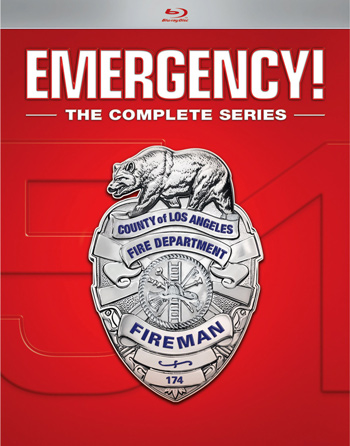
Universal Studios
On television, series like ER, The Pitt, 9-1-1, and Grey’s Anatomy have made emergency medical attention must-see programming for millions of viewers.
But a few decades before that, Emergency! was one of television’s most groundbreaking and exhilarating series—a pioneering action-adventure medical drama that blended heart-pounding rescues with a revolutionary look at emergency medical services.
Airing on NBC from 1972 to 1979, this Jack Webb–produced hit didn’t just entertain; it educated.
By spotlighting the bravery of firefighters and paramedics at a time when the profession was still new, the series elevated real-life heroes to cultural icons. With its mix of high-stakes drama, humor, and authenticity, Emergency! carved out a unique space in television history and set the template for countless procedurals that followed.
At its core, the show followed Los Angeles County Fire Department’s Station 51—particularly paramedics Johnny Gage and Roy DeSoto—as they tackled everything from car wrecks and house fires to baffling medical crises. Their field rescues constantly intersected with the doctors and nurses at Rampart General Hospital, creating a dynamic rhythm between action in the field and medical drama inside the ER. The format was often structured around multiple rescues per episode, emphasizing real-time decision-making and procedural accuracy.
The pilot dramatized California’s Wedworth-Townsend Act, the groundbreaking law that allowed paramedics to provide advanced care, anchoring the show in social relevance from the start.
Over six seasons and several TV movies, the series expanded in scope—from house calls and traffic accidents to skyscraper infernos and plane crashes—while keeping pace with real-world advancements in emergency medicine. What began as an introduction to the new world of paramedics evolved into a fully realized drama that balanced adrenaline-pumping action with heartfelt character growth.
Much of the show’s success rested on its characters and the ensemble cast who brought them to life.
Randolph Mantooth’s Johnny Gage was impulsive, charismatic, and often wisecracking, a character whose humor and charm made him instantly relatable even as his growth into a seasoned professional reflected the show’s realism. Kevin Tighe’s Roy DeSoto provided the perfect counterbalance, a steady and grounded family man whose loyalty gave their partnership a quiet strength. Together, their chemistry and banter formed the emotional core of the series and one of television’s most enduring duos.
Around them, the hospital staff provided equal weight to the drama. Robert Fuller commanded Rampart as Dr. Kelly Brackett, a stern but deeply compassionate physician whose support of the paramedics gave the show much of its credibility. Julie London, as Nurse Dixie McCall, balanced warmth and authority with grace, offering a calm, reassuring presence in the chaos of the ER. Bobby Troup, London’s real-life husband, played Dr. Joe Early with a gentle intelligence that complemented Brackett’s intensity, while Michael Norell as Captain Hank Stanley and Tim Donnelly as prankster Chet Kelly brought humor and humanity to the firehouse. Together, this ensemble created a believable sense of camaraderie that made viewers feel like part of Station 51’s extended family.
Adding to the show’s appeal was its impressive lineup of guest stars. Among some of the recognizable faces are John Travolta, Mark Harmon, Nick Nolte Erin Gray, Rosalind Cash, Ann-Margret, Tony Dow, Dick Butkus, John de Lancie, Carl Lumbly, Joanna Kerns, Philip Baker Hall, Adam West, Erik Estrada, Yvonne Craig, Don Most, Vic Tayback, Dick Van Patten, and Cicely Tyson.
Having only seen a handful of episodes prior, watching Emergency! via this release was both very engaging and entertaining and I really appreciated the procedural style of the series. More than four decades after it went off the air, Emergency! still resonates. It was more than a thrilling procedural—it was a public service wrapped in prime-time drama, inspiring interest in the paramedic profession and influencing the growth of EMS across the country. Its mix of realism, action, and character-driven heart remains a model for modern shows, and its impact lingers in the way we view first responders today. In the end, Emergency! wasn’t just about saving lives on screen—it helped save lives off screen too.
Recommended!




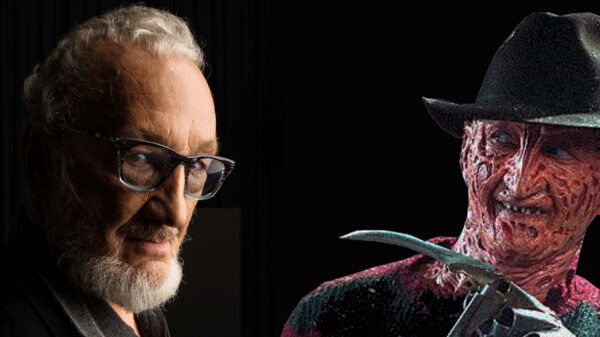
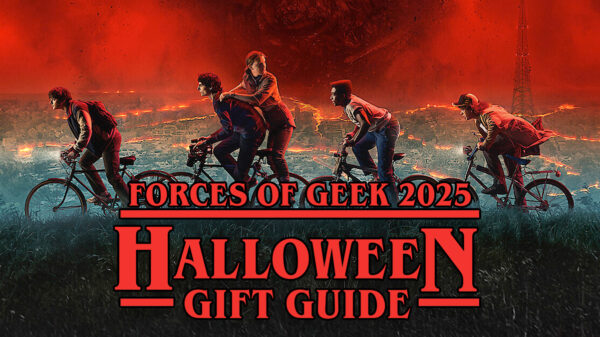
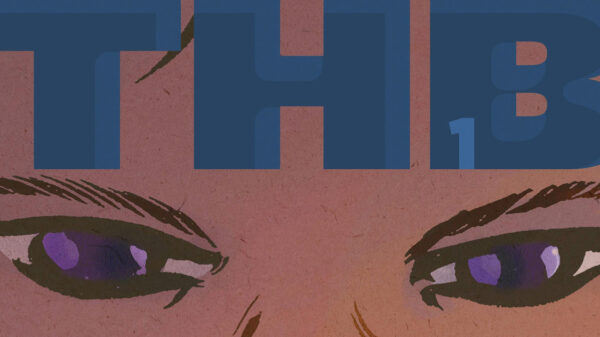

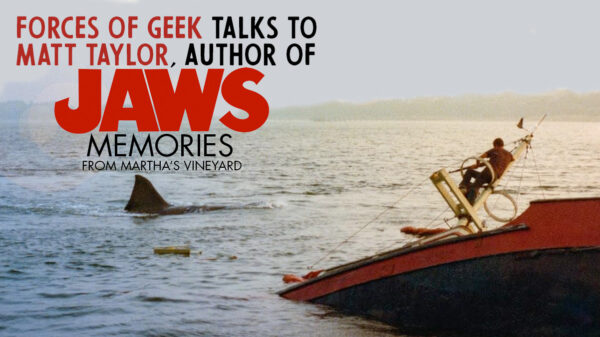
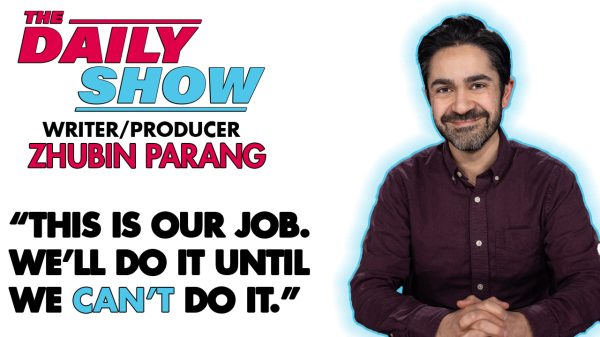
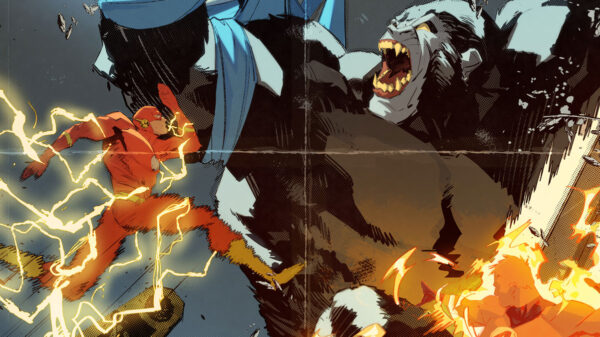
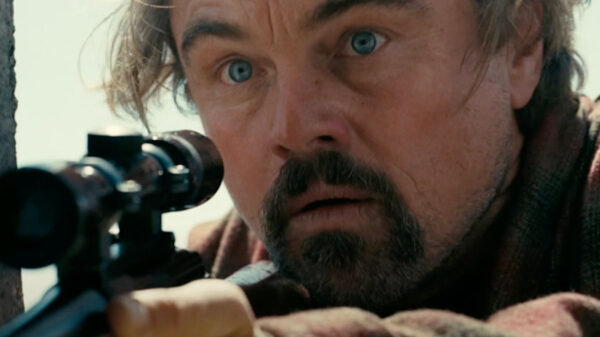
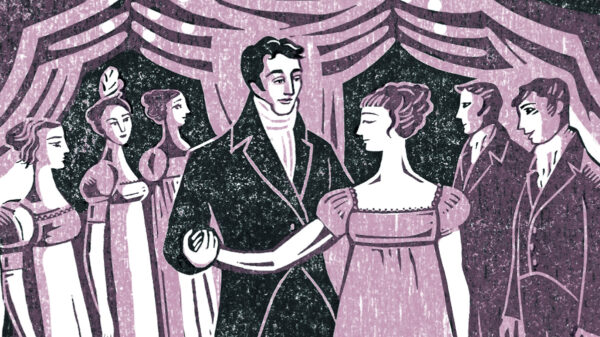
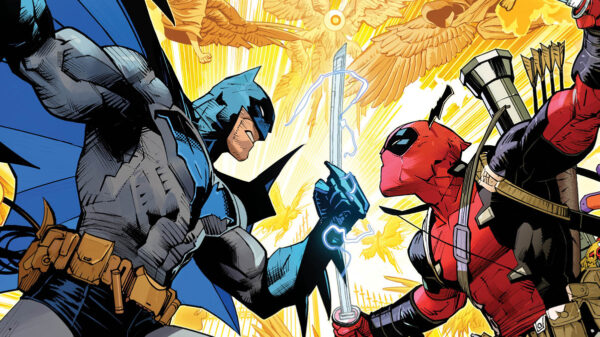
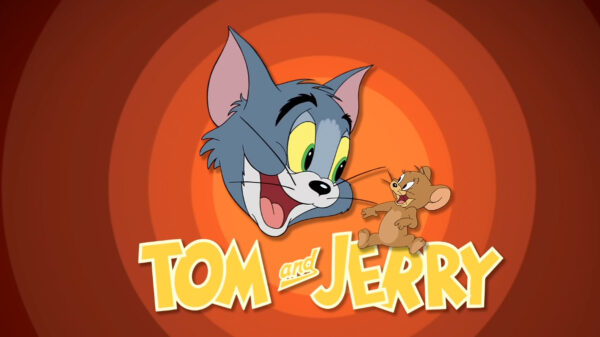



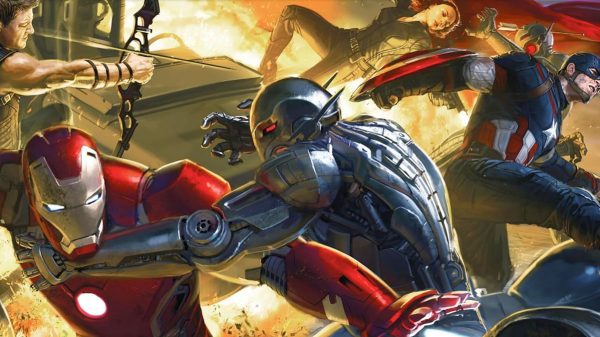

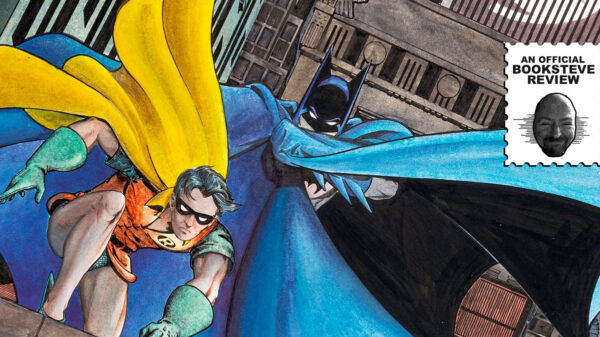
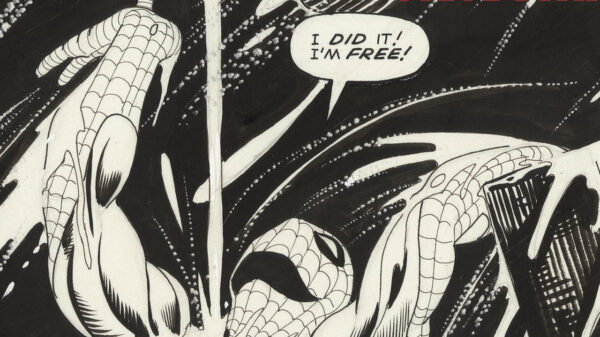
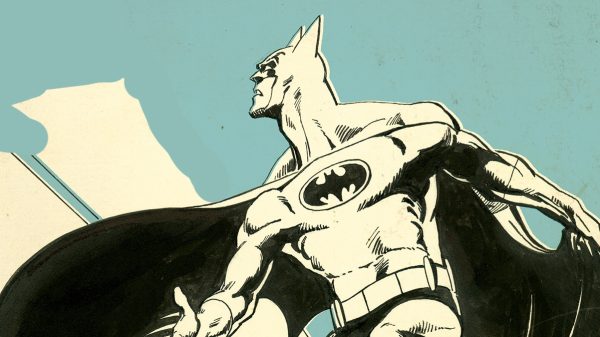

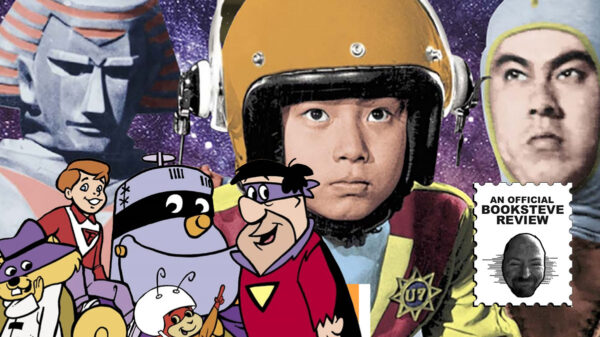
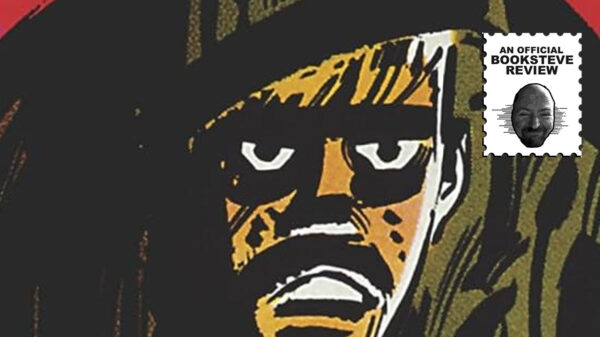
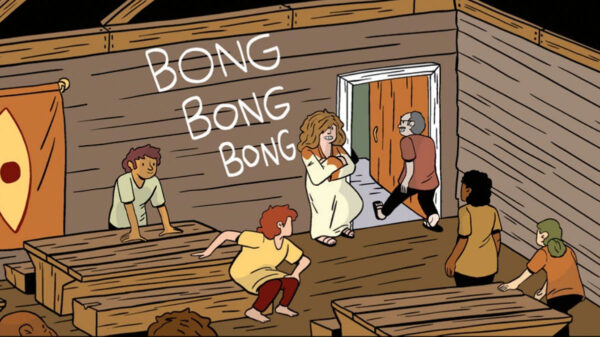
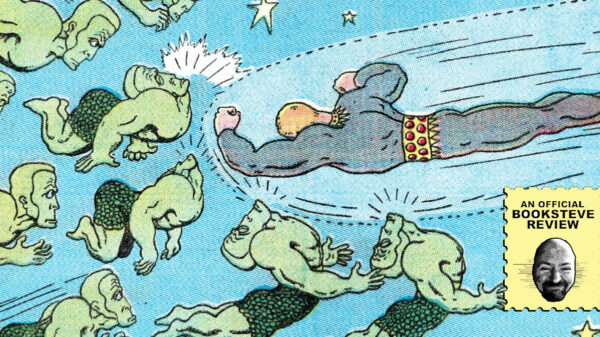
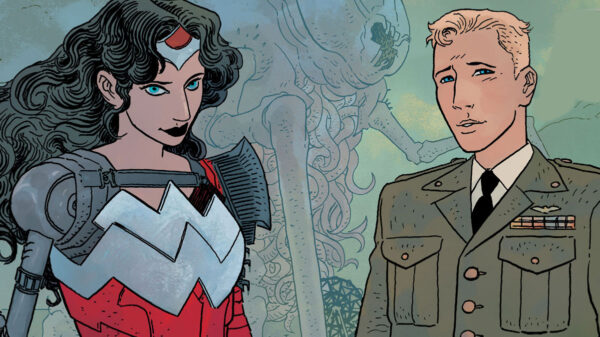









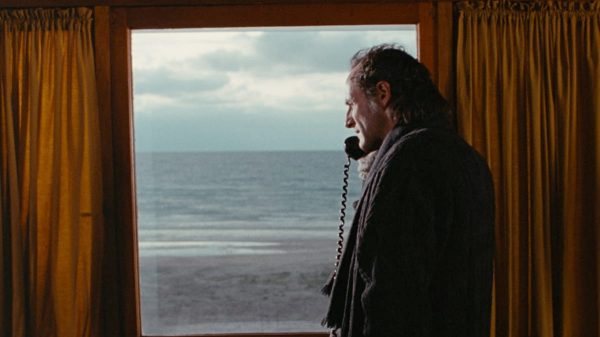
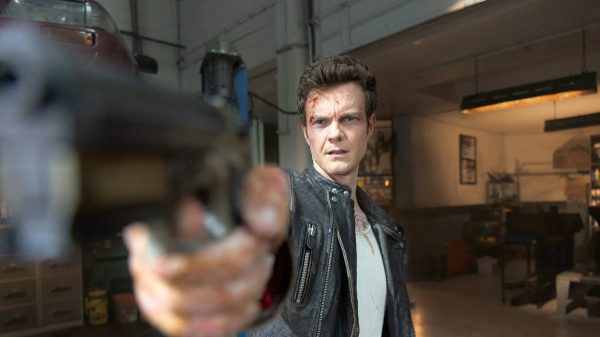
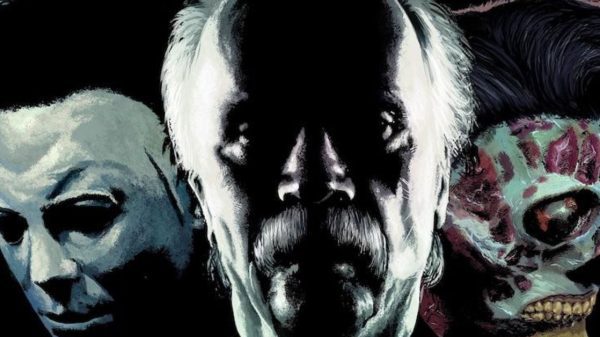
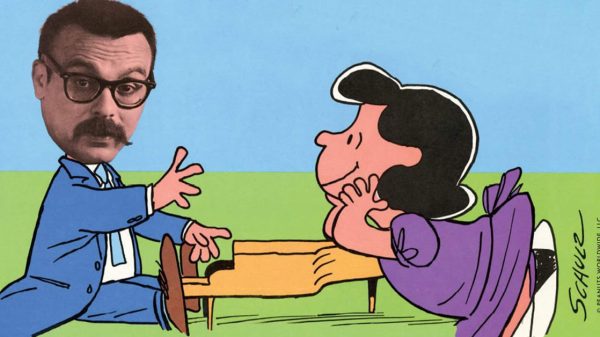
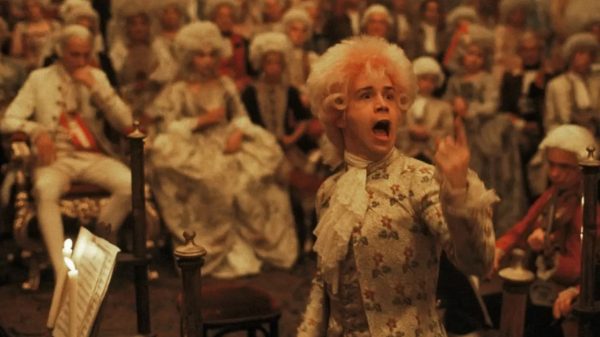











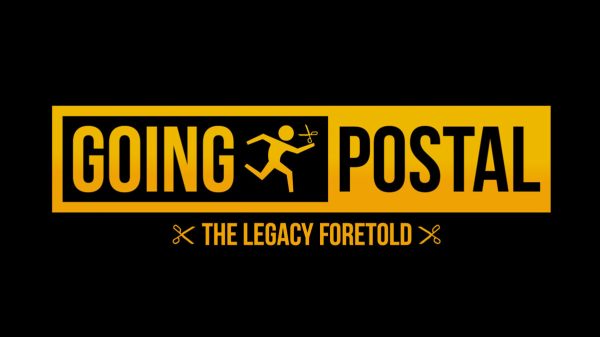
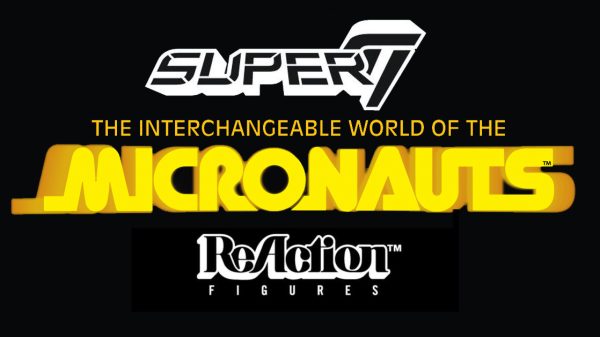
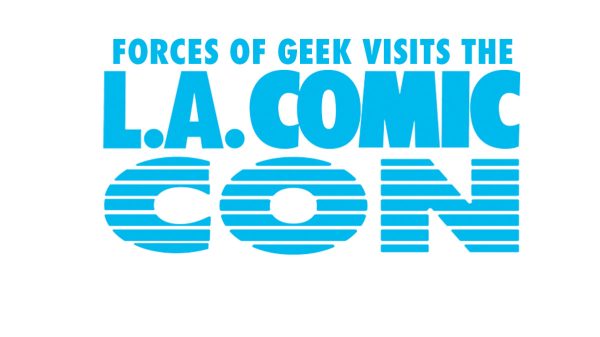
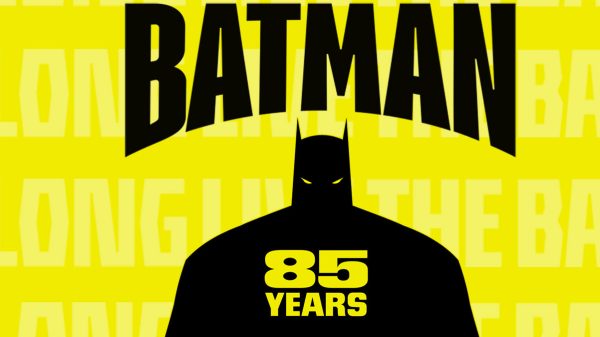


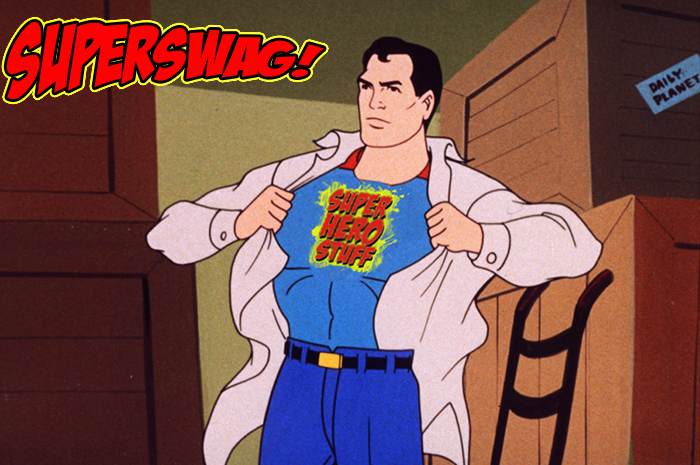

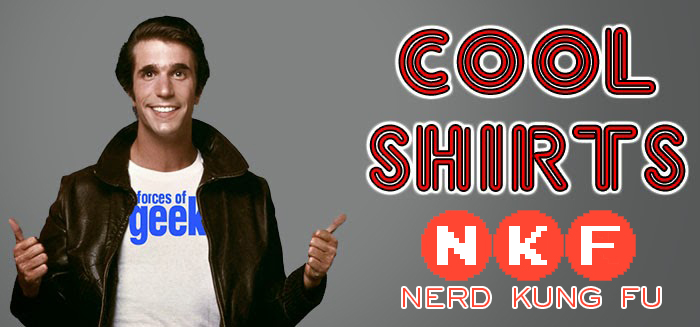
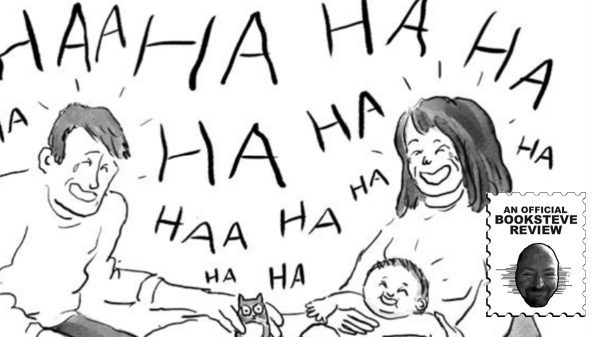



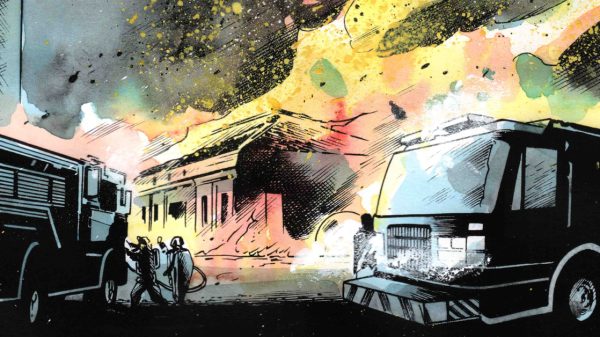




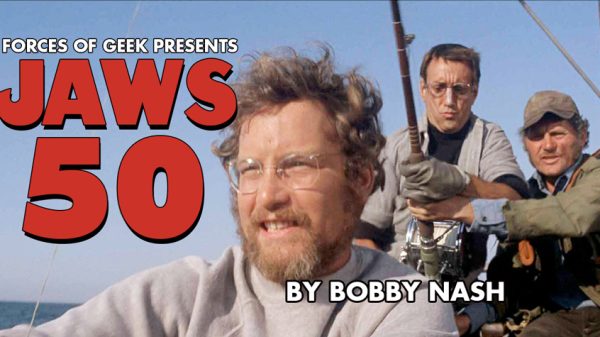









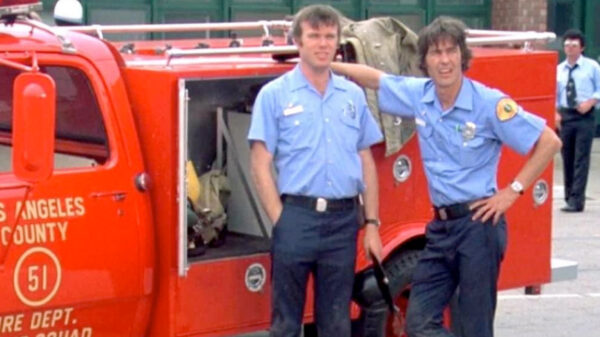
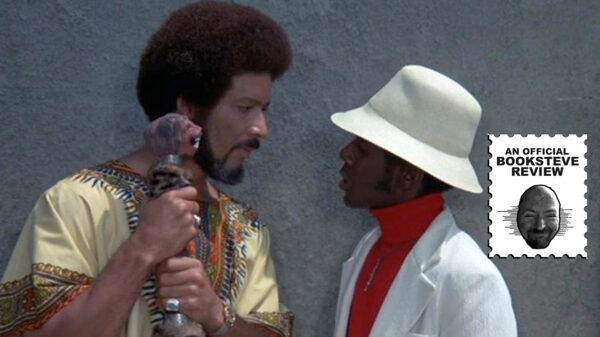
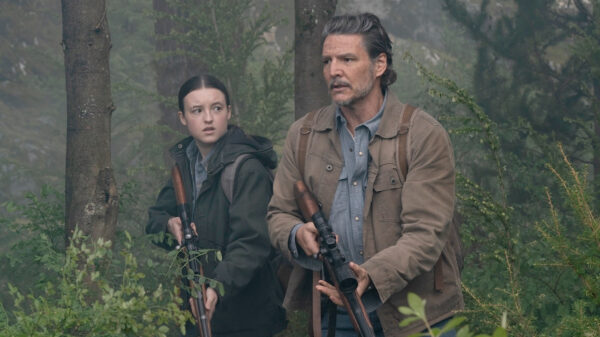




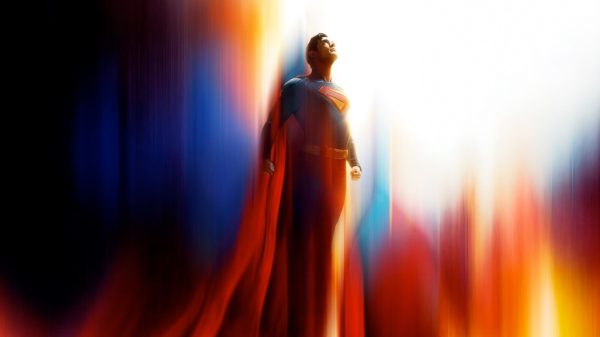
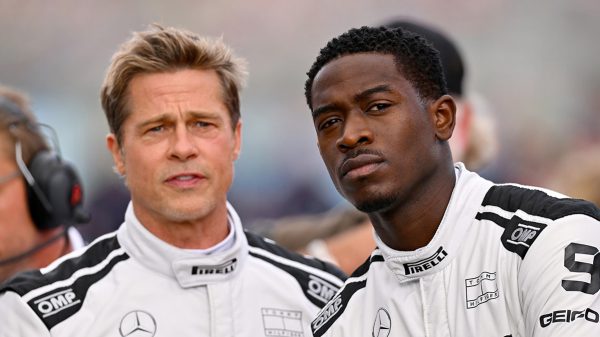




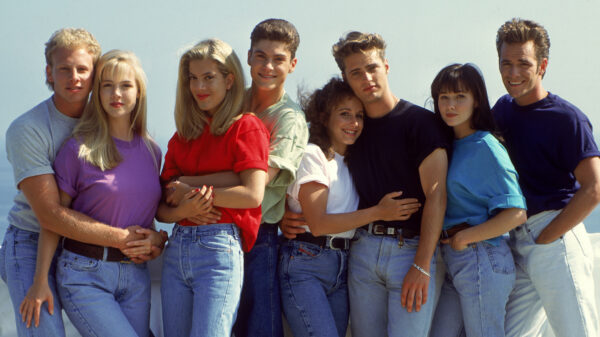
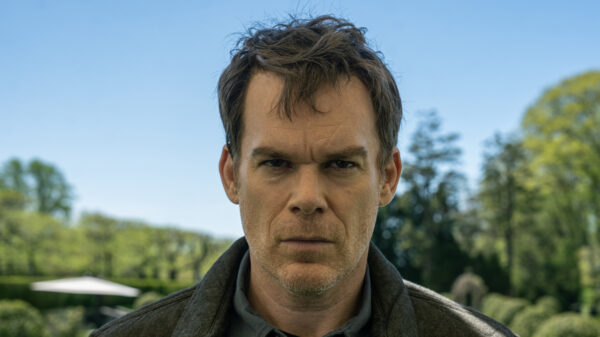
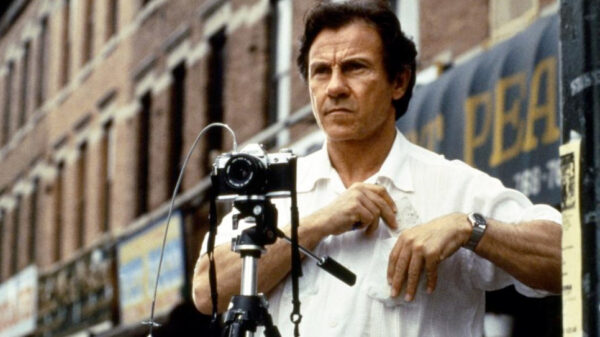
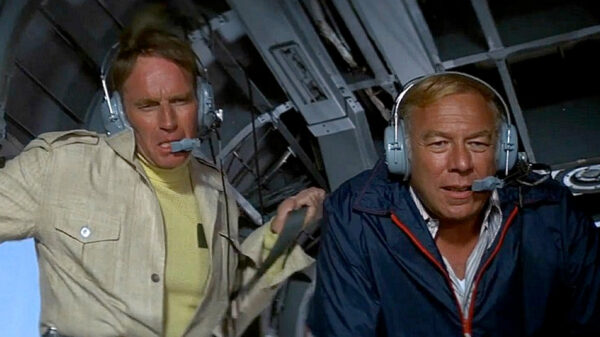
You must be logged in to post a comment Login